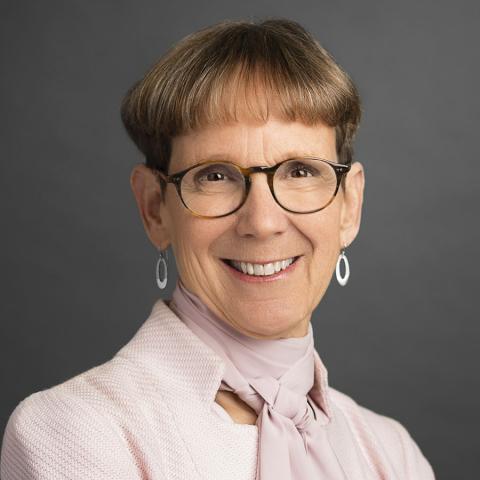CASE STUDY
An in-depth description of a firm’s approach to an IT management issue (intended for MBA and executive education)
This site uses cookies. Review our Privacy Statement.

An in-depth description of a firm’s approach to an IT management issue (intended for MBA and executive education)
To avert bankruptcy, the LEGO Group had transformed itself starting in 2004. As it entered 2016, the company was poised for a new transformation. This time the transformation builds on the strength of an enterprise platform the company developed to provide needed discipline around core business processes. The goal of the new transformation is “to become a digital company.” Although the company already looked digital in 2016, management felt it had not become digital—in its products and processes. This case describes the LEGO Group’s journey to become a successful digital company.
Any registered, logged-in user of the website can read many MIT CISR Working Papers in the webpage from 90 days after publication, plus download a PDF of the publication. Employees of MIT CISR members organizations get access to additional content.

Founded in 1974 and grounded in MIT's tradition of combining academic knowledge and practical purpose, MIT CISR helps executives meet the challenge of leading increasingly digital and data-driven organizations. We work directly with digital leaders, executives, and boards to develop our insights. Our research is funded by member organizations that support our work and participate in our consortium.
MIT CISR wishes to thank all of our associate members for their support and contributions.
MIT CISR helps executives meet the challenge of leading increasingly digital and data-driven organizations. We provide insights on how organizations effectively realize value from approaches such as digital business transformation, data monetization, business ecosystems, and the digital workplace. Founded in 1974 and grounded in MIT’s tradition of combining academic knowledge and practical purpose, we work directly with digital leaders, executives, and boards to develop our insights. Our research is funded by member organizations that support our work and participate in our consortium.